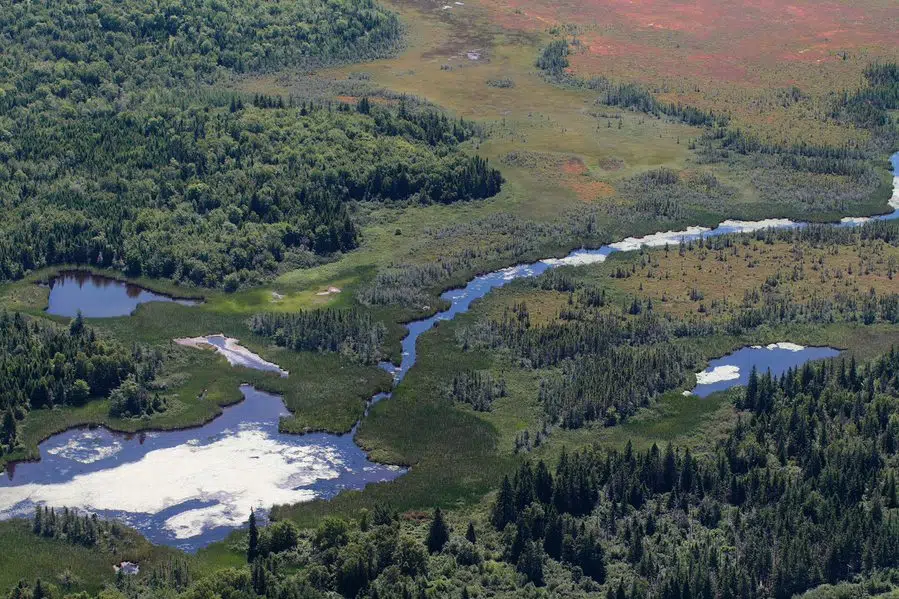Wildlife in the Maritimes will have considerably more woodlands to roam after a massive land donation.
The Nature Conservancy of Canada announced it had received about 981 acres of forest, freshwater wetlands and lakes on the Chignecto Isthmus, which connects Nova Scotia to New Brunswick.
In honour of her late father Hans, Monika Caemmerer donated what’s now dubbed the “giving and receiving sanctuary” to highlight his time in the area.
A native of Germany, Hans Caemmerer became enamoured by the land during his travels and purchased several plots.
In donating the land, the Caemmerers improve a critical pathway for wildlife species that include moose, bobcats, deers. Over the last decade, the NCC has worked to connect pieces of privately owned land in the area to create safe passage for critters.
“The intent is to make a highway for animals, an unbroken wildlife corridor that can allow the free movement of these species,” said Andrew Holland, National Media Relations Director.
Known by many as the “moose sex” corridor, the land allows moose to travel from New Brunswick into Nova Scotia, where they are endangered due to a parasitic disease called brain worm, said Holland.
While the land is a donation, it required funding for appraisals, surveys, legal fees and stewardship work, which has been covered by several parties.
This includes the Government of Canada’s Natural Heritage Conservation Program (part of Canada’s Nature Fund), the Nova Scotia Crown Share Land Legacy Trust and the U.S. Fish and Wildlife Service.









